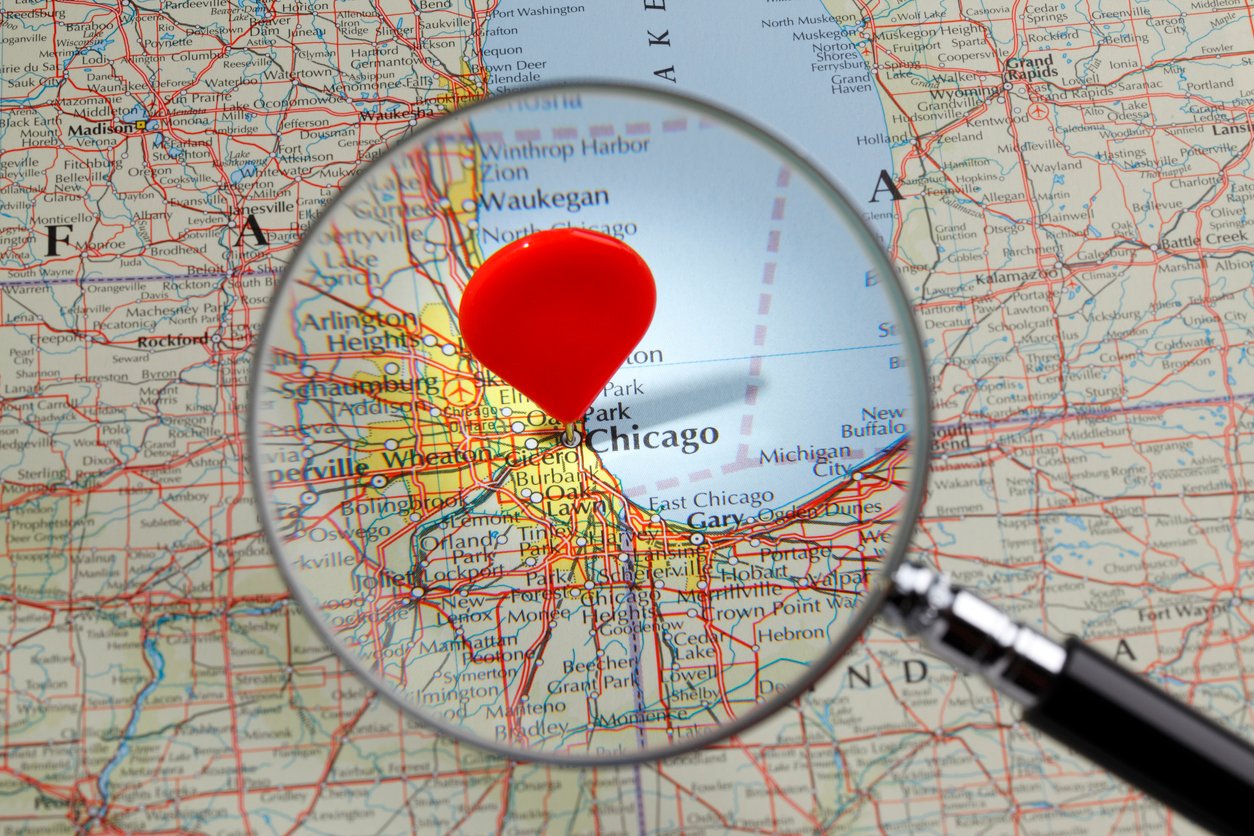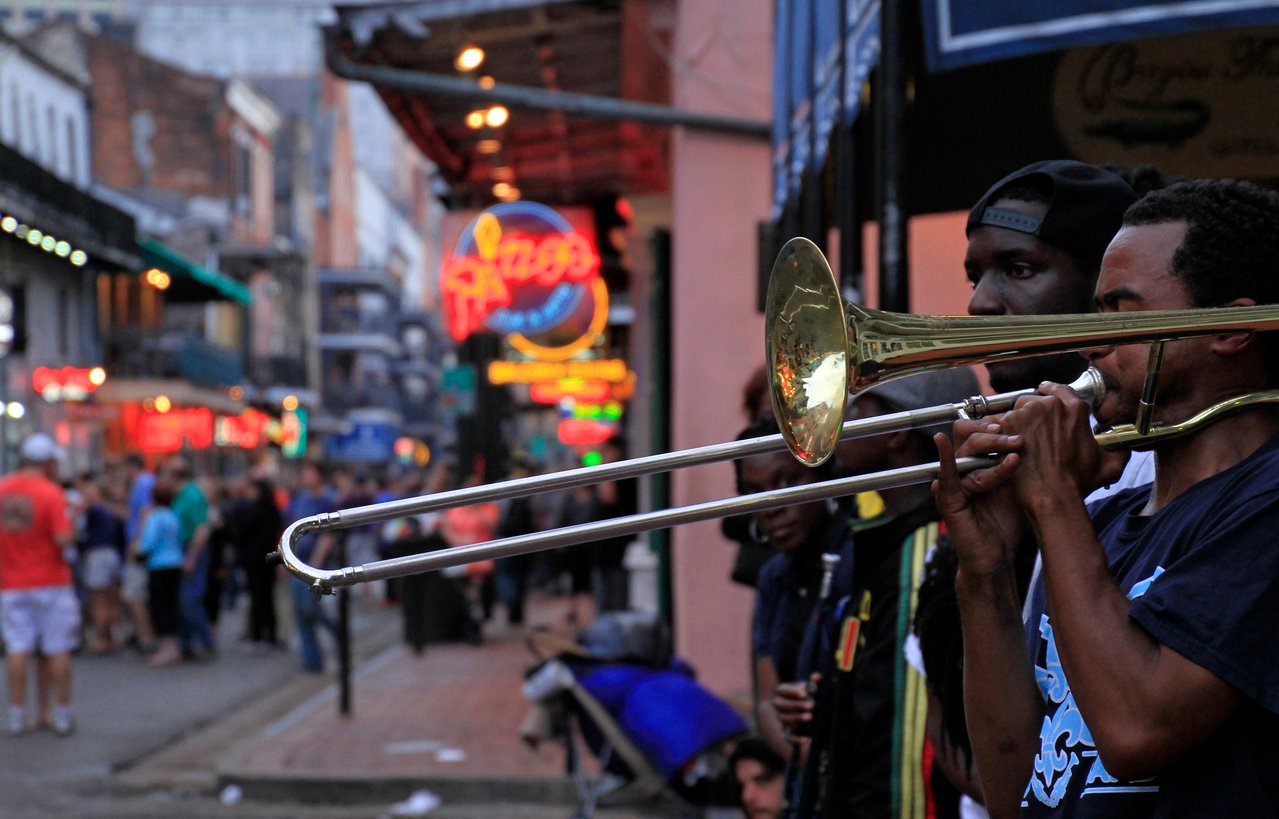
Throughout the years, teachers have used music in instruction, such as the ABC song, to teach the alphabet, and “The Hokey Pokey,” to teach body parts and directions. As one of Howard Gardner’s multiple intelligence areas, music is a great tool to use to teach social studies. The pattern and rhythm of songs encourage memory, movement, and creativity with students. Music is a part of children’s daily life and therefore a connection to real-world learning.
There are many benefits of using music in the classroom. Children can make music whatever their background or circumstance. There are multiple means for expression and engagement. There is a diversity of musical genres to appeal to every learner. Because music is prevalent at sports events, weddings, funerals, church services, celebrations, and malls, it becomes the voice of the everyday man in social studies.
Music and Economics
Occupations such as driving railroad spikes, mining, sailing, herding cattle, and picking cotton were made more efficient and coordinated through work songs. Ask students, “What work songs do you know?” “Why is music played in stores where people work?” “Are workers more productive when working to music?” and “Do you think people buy more when they are in a store that plays music?” Introduce students to the gandy dancers, railroad workers known for their synchronized movement when repairing tracks. Play music while students do work in the classroom. Ask them, “How does the music make you feel?” and “Does the type of music you hear affect your feelings or how well you work?”

Photo: iStock by Getty Images / studiocasper
Music and Geography
Give each student a map of the United States with no state labeled. Play snippets of songs that mention places and have the students mark the places on the map. Songs that could be used for states include “My Old Kentucky Home,” “Oklahoma,” “Georgia on My Mind,” “Pennsylvania Polka,” “Missouri Waltz,” and “New York, New York.” Encourage students to find songs from a particular region or songs that mention cities, such as “Moon over Miami,” “Kansas City,” “San Antonio Stroll,” “Houston,” “Galveston,” and “Chicago.” You may challenge students to find one song that mentions many places, such as “This Land Is Your Land.”
Connect to the geography of a state through musical instruments. Kentucky’s official state instrument is the dulcimer, which was made of wood from a particular area of the mountains where a builder lived. In Louisiana, the washboard is an instrument used with zydeco music. The ukulele is typically associated with Hawaii and often made from the wood of the koa tree. Ask students to find out how many states have official state instruments and why each instrument was chosen.
Music and Civics
Examine past presidential races and discuss campaign songs chosen by the candidates. Ask students, “Why do you think the candidate chose this song?” and “What song would you choose as a candidate?” Introduce pro- and antiwar songs to students. Discuss propaganda and how music can be used to influence opinions. Remind students of how music can symbolize a place, such as with an anthem. Ask students to consider places the national anthem is sung: race car events, football games, graduations, military ceremonies, and schools. Assign a patriotic song to groups of students to illustrate, research the author and time period the song was written, and create their own songbooks. Alternatively, students could create symbols to represent the song with a mural, mobile, or quilt.

Photo: iStock by Getty Images / Rainer Puster
Music and History
Play music from a specific time period: cowboy songs from the old West, jazz music from the 1920s, or spirituals from the era of slavery. Ask students, “How do the words of the song represent the culture and times of the era?” “What do we know about the people who produced this music?” and “What music do you think might represent the current time period?” History can also be found in the music of a community. The Shakers, a communal religious group, had their own type of worship music. Cajun and zydeco music tout words of the French triangle of Louisiana: gumbo filé; bayou; crawfish pie; pirogue. Ask students:
- “How does music show the culture and history of a community?”
- “Is the music still popular today?”
- “What other communities do you know that have their own style of music?”
Seeking more professional learning resources?
Learn what our professional development department can do for your teaching.
SIGN UP
S. Kay Gandy is a retired professor of 17 years and a retired elementary teacher of 27 years. Her goal is to work with teachers in countries around the world and watch movies in foreign theaters. Her books Mapping is Elementary, My Dear and 50 Ways to Teach Social Studies (Spring 2021) provide practical lesson ideas for elementary teachers.